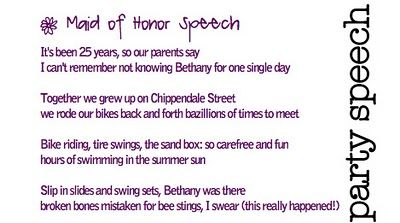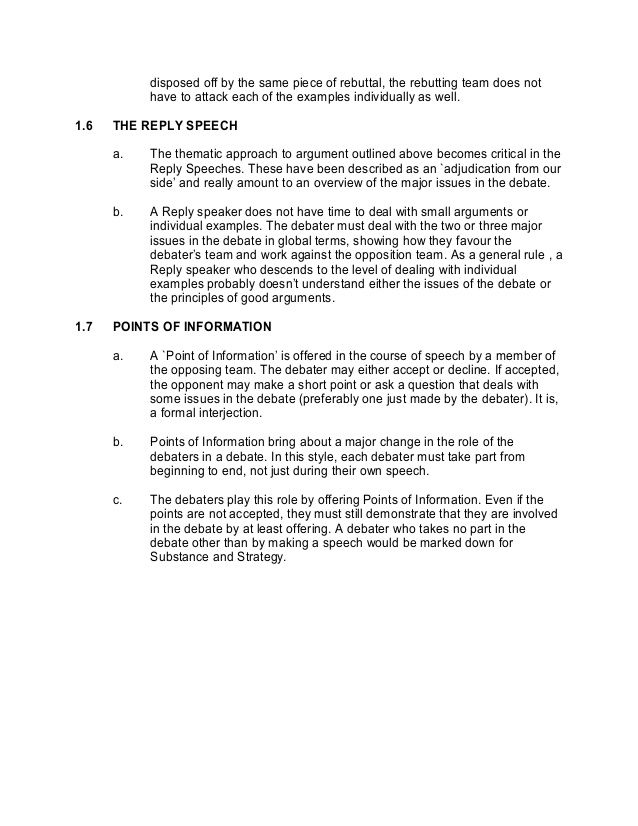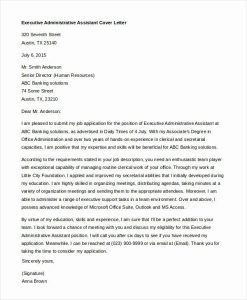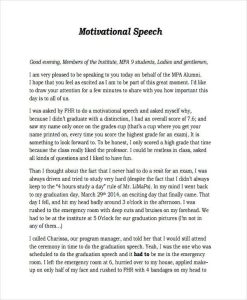An example of a debate speech has to include prominent arguments and subjective information inserts should be used carefully. Set out these points in your introduction.
Importance of freedom of speech.

Example of debate speech. This is wrong because During the debate write down a reason why that point is wrong. If feeling creative and if appropriate the speech can be framed into a journey such as a time travel a train ride or painting the picture of what the world according to the motion would look like on both sides. We believe that women become better wives and mothers in the family if they are tender.
Ladies and gentlemen I am here to present the motion Everyone under 18 should be subject to an 800 pm curfew. By curfew here we mean a law stating that all those under 18 must be indoors at 800 pm. In conclusion it was the wise words of Spider-man with great power comes great responsibility I believe humans are responsible for fixing the problems they created in the environment.
Dec 04 2016 EXAMPLE OF DEBATE SPEECH Speaker 1 Government team – Prime Minister Good morning to the respected speaker cautious time keeper honorable judge members of the opposite team and members of the floor. The following is an example of a good debate speech conclusion. This is wrong because During the debate you will write a reason why that point is wrong 6.
In a single debate each student will deliver two speechesa constructive and a rebuttal. 5 minutes First Affirmative Constructive.
Kennedy in 1960 there are several excellent examples of successful rebuttals. The issue of whether women should be strong or weak is a rather controversial. Or if youre trying to create a more spirited discussion but still want to keep it on the bright side take a peek at our Funny Controversial Topics page as well.
An introduction a thesis argument your chosen key points to back your stance up and a conclusion. Everyone under 18 should be subject to an 800 pm curfew Affirmative captain. State your point clearly and decisively If you are discussing a problem look at the.
A very good morning I would like to wish to the honourable adjudicators precise timekeepers fellow members of the government members of the opposition and members of the floor. This speech is almost fully prepared before the debate. Thank you Madam Speaker.
Should there be a need to define some key words that are not clear for the judges do so. Basic debate speech outline would normally contain four parts. Oct 03 2013 Example of a Debate Speech Thank you Madam Speaker.
Each debate will have four constructives four rebuttals and four cross-examination periods. Jan 14 2017 Example of a Debate Speech. I gave two arguments to support the resolution.
In the famous first presidential debate between Richard Nixon and John F. Aim to make three points supporting your case. Examples of Debate Speech Introduction Excellencies Ladies and Gentlemen Distinguished delegates It is my great pleasure to welcome you to the 13th annual Global Symposium for Regulators in Warsaw the city where the famous composer Frederic Chopin and physicist Marie Curie spent their childhood.
Abortion is the right of every woman. I will use the following three points to support my argument. The debate you will write down on your rebuttal card what your opposition has said 5.
For example if the Lord Mayor is present you will probably wish to address him directly in the introduction. Public Forum Debate Topics. Barbie is not a practical example of a.
Mar 22 2021 The below list is only a sample check out our page dedicated to Funny Debate Topics for a complete collection. Here is one to help inspire you in which Kennedy disputes the. Genetic engineering is not a natural process and should not be legalized.
Birth control pills should be accessible to teenagers. She also said that Write down another point that was made onto your rebuttal card 7. Good morning ladies and gentlemen.
The speech then focuses on how the debate affects all parties involved in the motion for example the individual and the state. A very good morning I would like to wish to the honourable adjudicators precise timekeepers fellow members of the government members of the opposition and members of the floor. Before I put forward my case today I would like to define todays motion This house believes that _____.
There should be an equal ratio of male and female employees in the workplace. Second Speaker Debate Speech Example Topic.

How To Summarize A Journal Article Essay Speech And Debate Writing A Eulogy

Common Examples Of The Strawman Argument It S Easy To Spot When You Hear It But It S Nice To Be Able To Fallacy Examples Logical Fallacies Critical Thinking

Inform Speech Outline Example Pendidikan
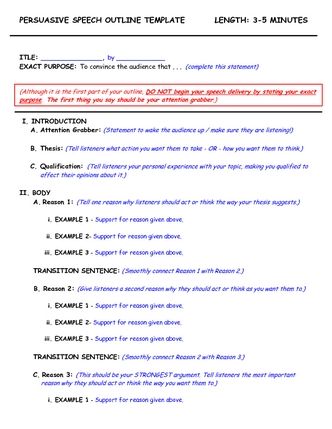
Outline Template For A Speech Persuasive Speech Outline Template 3 Point Format Length 3 5 Persuasive Essay Topics Speech Outline Speech And Debate

How To Write A Speech Outline Speech Outline Speech Topics Speech And Debate

How To Write A Speech Essay Speech And Debate Writing A Eulogy

A Debate Format Teaching Debate Debate Topics Speech And Debate
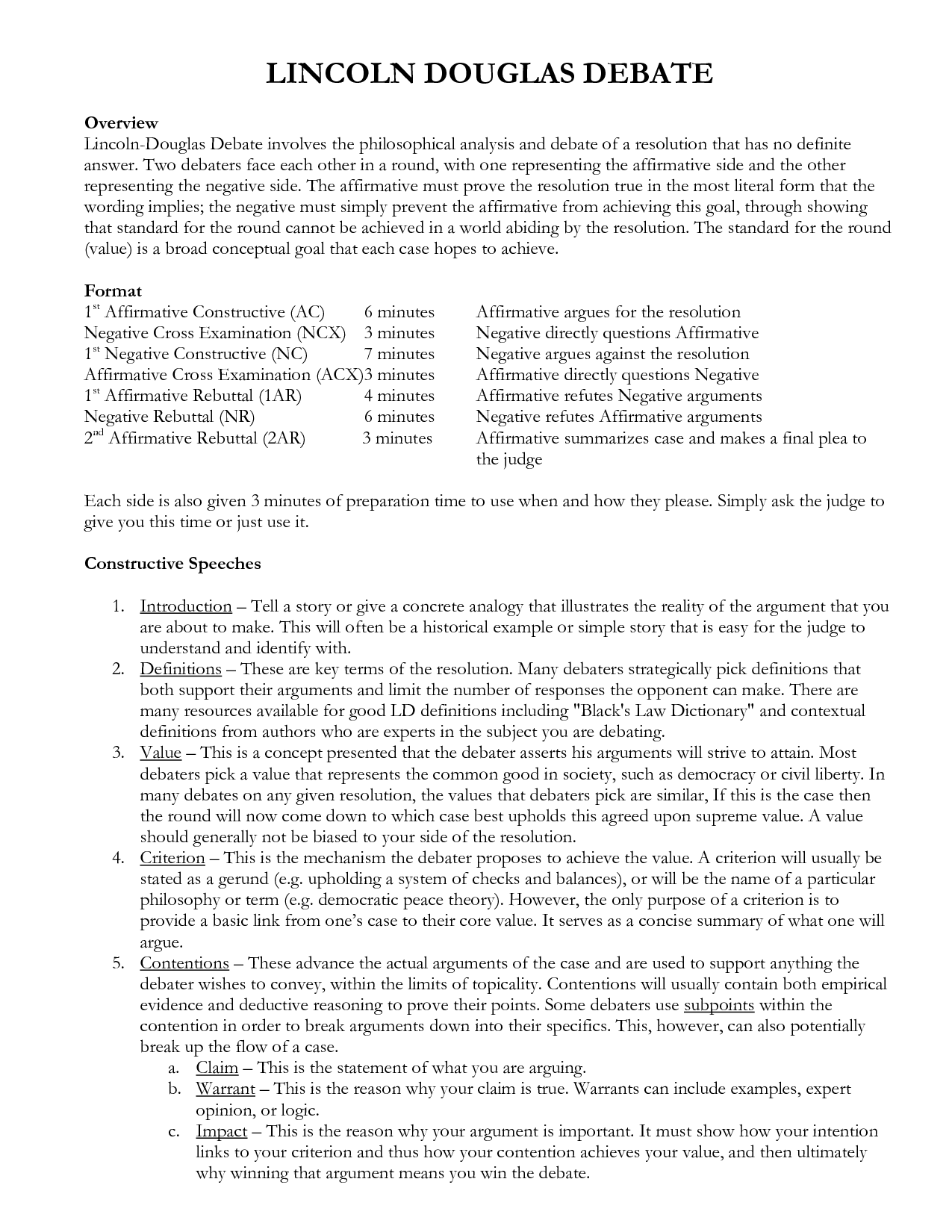
Lincoln Douglas Debate Doc Speech And Debate Essay Examples Debate Team

43 Informative Speech Outline Templates Examples Throughout Speech Outline Template Word Great Cretive Templates Speech Outline Speech Topics Speech

Sermons We See By Edgar A Guest I D Rather See A Sermon Than Hear One Any Day Inspirational Poems Inspirational Quotes Inspirational Verses

The Great Balloon Debate A Persuasive Writing And Public Speaking Activity Persuasive Writing Public Speaking Activities Speaking Activities

Acceptance Speech Outline Template 2 Things To Expect When Attending Acceptance Speech Outli Speech Outline Acceptance Speech Speech
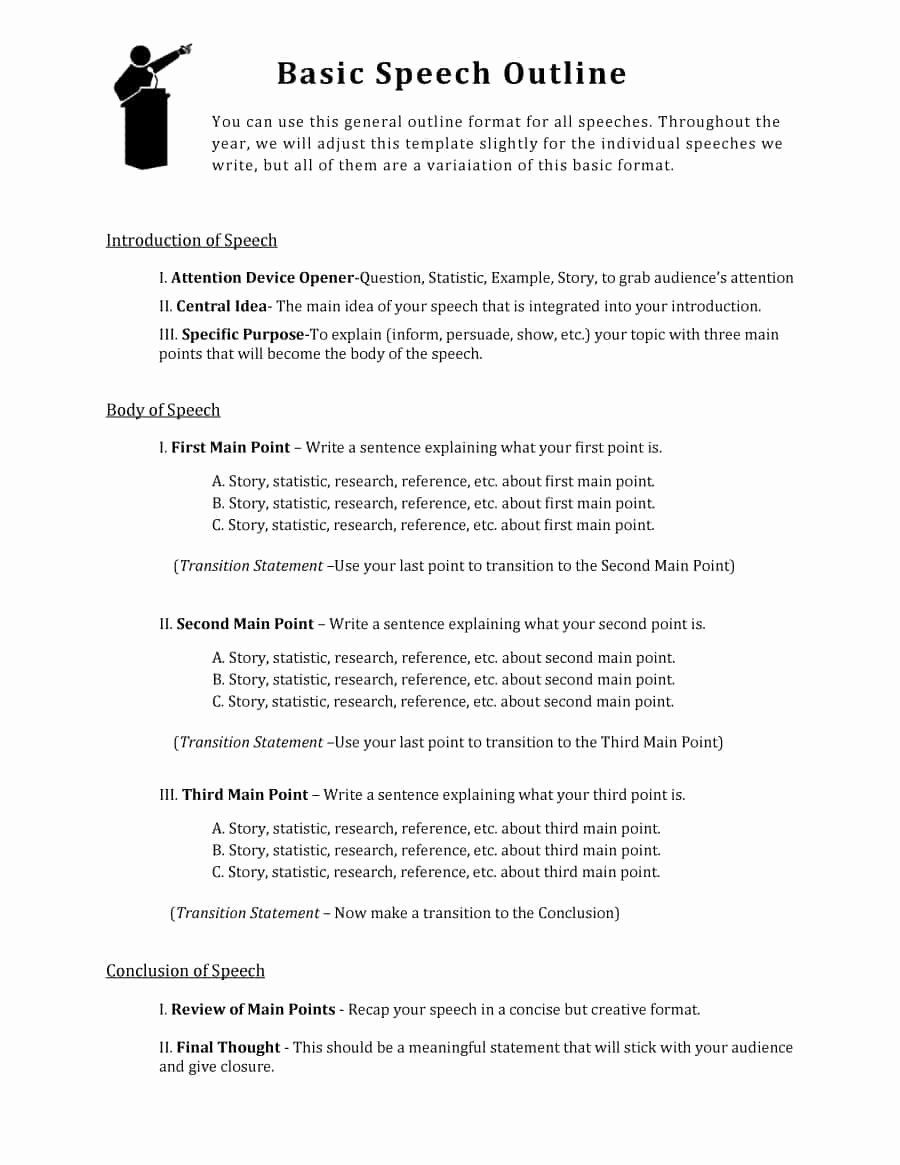
Informative Speeches About Dreams Awesome 43 Informative Speech Outline Templates Examples Speech Writing Tips Speech Outline Informative Speech Topics

Useful Phrases For Discussion And Debate In English Eslbuzz Learning English Learn English Essay Writing Skills Debate Topics
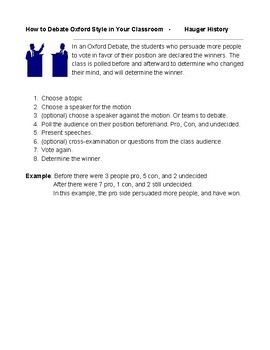
How To Oxford Debate In Your Class Persuasive Speeches Tips Topics Rules Debate Persuasion Speech

Debating The Nautical 9 Teaching Debate Speech And Debate Debate Topics For Kids

Ap Language Rhetorical Devices H P Rhetorical Device Logic And Critical Thinking Teaching Literature

Apa Apa Format Example Speech And Debate Nursing Students
